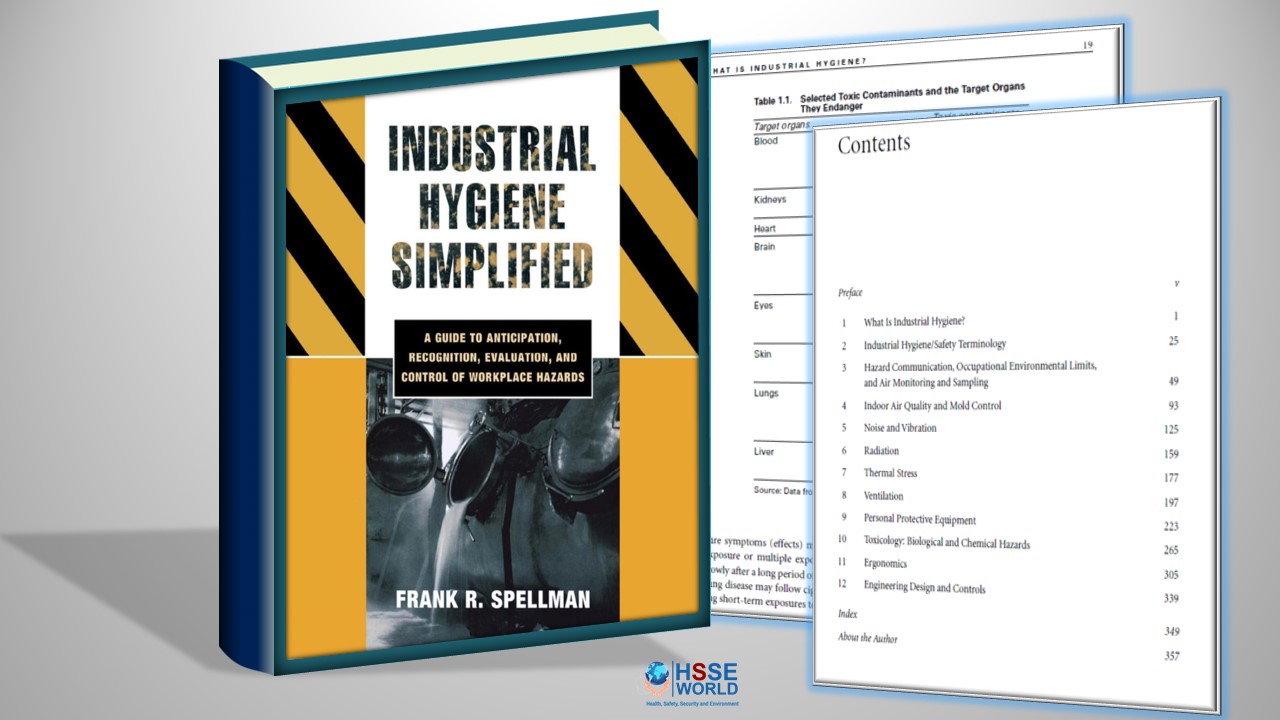To work safely, workers should be physically and mentally alert. This means that fatigue is a potential risk. Persons conducting a business or undertaking (PCBUs) and workers have a responsibility to manage fatigue at work.
What is fatigue?
Fatigue is a state of physical and/or mental exhaustion. It can reduce a person’s ability to perform work safely and effectively. Fatigue reduces alertness. This may lead to errors and an increase in workplace incidents and injuries.

There are various causes of fatigue, some of them interrelated. These include:
- Work schedules – hours of work, night work, and shift work (including breaks between shifts): Long work hours, irregular work hours, and schedules that require night work can cause fatigue. These schedules limit the time for a person to physically and mentally recover from work. Working at night interrupts the natural sleeping rhythm, which can cause fatigue.
- Sleep disruption: Everyone needs a particular amount of sleep to stay alert and perform well. People generally need between 7.5 and 9 hours of sleep a night. The most beneficial sleep is deep, undisturbed, and taken in a single continuous period. When the length and quality of sleep each day are disrupted, fatigue may result.
- Environmental conditions: Climate extremes (such as working outside in winter), noise, and handling vibrating tools place demands on workers and increase fatigue.
- Physical and mental work demands: Physically demanding work can increase fatigue. Mental demands can also increase fatigue, such as tasks that require periods of intense concentration.
- Emotional well-being: Work events can be emotionally tiring and increase fatigue, such as regular criticism or the pressure to complete a task to a deadline. Non-work events can also cause distress and lead to fatigue – for example: when a person faces the loss of a loved one or tries to resolve personal conflicts.
PCBUs – responsibilities in managing fatigue
PCBUs must ensure, so far as is reasonably practicable, the health and safety of workers, and that other are not put at risk from their work.
PCBUs must eliminate risks that arise from their work so far as is reasonably practicable. If a risk can’t be eliminated, it must be minimized so far as is reasonably practicable.
PCBUs may need to manage the risks that arise from fatigue. Strategies to reduce the risks of fatigue include:
Work schedules
- Make sure your workers take regular, quality, rest breaks in their working day. Under the Employment Relations Act 2000, employees are entitled to rest and meal breaks that provide a reasonable chance during work periods to rest, refresh and take care of personal matters. The breaks must be appropriate for the length of their working day.1
- Make sure working hours are not too long. If longer working days are required, consider staggered start and finish times, and/or longer rest breaks and periods off work (and carefully monitor a worker’s ability to cope).
- Schedule tasks suitably throughout a work period. A person’s ability to be alert or focus attention is not constant throughout the day. For most people, low points occur between 3.00 am and 5.00 am, and between 3.00 pm and 5.00 pm. During these low-function times, adopt a conservative approach to safety and avoid critical jobs. Critical jobs may include tasks performed at a height; tasks with manual handling demands; tasks where a worker must enter a confined space; tasks that involve the use of a mobile plant.
- Negotiate with your workers if overtime is required. Monitor and place limits around overtime worked. Avoid incentives to work excessive hours.
- Monitor and place limits around shift swapping and on-call duties.
Sleep
- Design rosters well to allow for good sleep opportunity and recovery time between workdays.
- Make sure that rosters are designed to remove any sleep debt. (Note: sleep loss is cumulative.)
- Design rosters that minimize disruptions to natural sleeping rhythms. Avoid work starts before 6.00 am where possible. If night work is required, limit the number of night shifts in a row that your workers can work.
( read more about sleep-deprivation-and-worker-safety/)
Workplace or environmental conditions
- Avoid working during periods of extreme temperature, or minimize exposure through job rotation.
- Provide adequate facilities for rest breaks.
- Provide drinking water.
Physical and mental work demands
- Limit periods of excessive mental or physical demands (ie through job rotation).
- Ensure fit-for-purpose plant, machinery, and equipment are used at the workplace.
- Make sure workloads are manageable. Take into account workflow changes due to factors such as machinery breakdowns, unplanned absences, or resignations. Avoid impractical deadlines. ( Read : Harnessing the Power of Mindfulness for a More-Centered Life)
( Download infographic fatigue-at-work/ )
Emotional well-being
- Where possible, be aware of personal circumstances that affect your workers and provide support. Allow time off where circumstances require. As appropriate, ensure co-workers are aware of any important issues affecting their colleagues.
- Create a positive work environment where good relationships exist and workers are encouraged and supported. Provide good supervision.
Workplace fatigue policy
- Develop a fatigue policy for all workers, managers, and supervisors. This policy should include information about: maximum shift length and average weekly hours; work-related travel; procedures for reporting fatigue risks; procedures for managing fatigued workers.
- Make sure anyone can report fatigue-related issues to both supervisors and management.
- Investigate incidents where fatigue may be involved.
- Train your new workers on fatigue management.
Once these strategies are implemented, you should monitor and review them to ensure fatigue is managed effectively.
Workers – responsibilities in managing fatigue
PCBUs don’t have the sole responsibility to manage fatigue at work. Workers must take reasonable care of their own health and safety. They must take reasonable care that what they do, or don’t do, doesn’t adversely affect the health and safety of others.
Workers should:
- Turn up in a state fit for work, having done everything possible to get a good sleep and rest.
- Inform your manager or supervisor if a task is beyond your capabilities.
- Recognize the signs and symptoms of fatigue. They include: feeling (constantly) tired, having little energy, feeling ‘sluggish’, excessive yawning or falling asleep at work, less vigilant, bad moods, forgetfulness, inability to concentrate, poor communication, poor decision-making, reduced hand-eye coordination, and slower reaction times. Other symptoms not so obvious to others include feeling drowsy, headaches, dizziness, blurred vision or impaired visual perception, and a need for extended sleep during days off work.
- Communicate with your manager or a supervisor if you start showing the signs and symptoms of fatigue. Also, make managers and supervisors aware of other workers who may be fatigued.
- Report fatigue-related incidents.
Practical steps to minimize fatigue
- Sleep: People generally need between seven and a half and nine hours of sleep a night to maintain health and alertness. Adequate, good-quality sleep is essential to maintain and restore full physical and mental functioning. It is the only way to recover from fatigue.
- Promote better sleep: If it is hard to get good-quality sleep, try: keeping a regular sleep schedule by going to sleep and waking up at the same time daily; sleeping in a dark room; avoiding using electronics directly before sleep; eliminating noise; not eating large meals directly before sleep; exercising regularly; changing to a different bed. Look at sleep-specific websites for more advice. If that does not work, consult a sleep expert.
- Take breaks during and between shifts: Use this rest and recovery time appropriately to restore energy and alertness.
- Nutrition: Eat a balanced diet, particularly foods that provide a steady release of energy throughout the day (eg whole grains). Drink sufficient amounts of water. One way to determine if you are well hydrated is by the color of your urine – if it’s a dark color you need to drink more water.
- Stimulants: Coffee and nicotine provide only short-term relief from the effects of fatigue. When the stimulants wear off, there is usually a ‘crash’ and poor-quality sleep may result. Sleeping tablets can reduce fatigue if properly used for limited periods (seek medical advice before use). Drugs and prescription medications should not be used as a substitute for getting adequate rest.
- Work/life balance: Have a life outside of work and ‘switch off’ after work hours. Continue any personal hobbies (ie sports, social group meet-ups, etc).
If fatigue and sleepiness persist, see a doctor.
Fatigue checklist
Fatigue is often caused by a number of inter-related factors. This checklist provides a guide to identifying the risks of fatigue, but it is not exhaustive. If the answer is yes to any of the questions, fatigue risks may need to be assessed and strategies may need to be put in place to manage fatigue.





